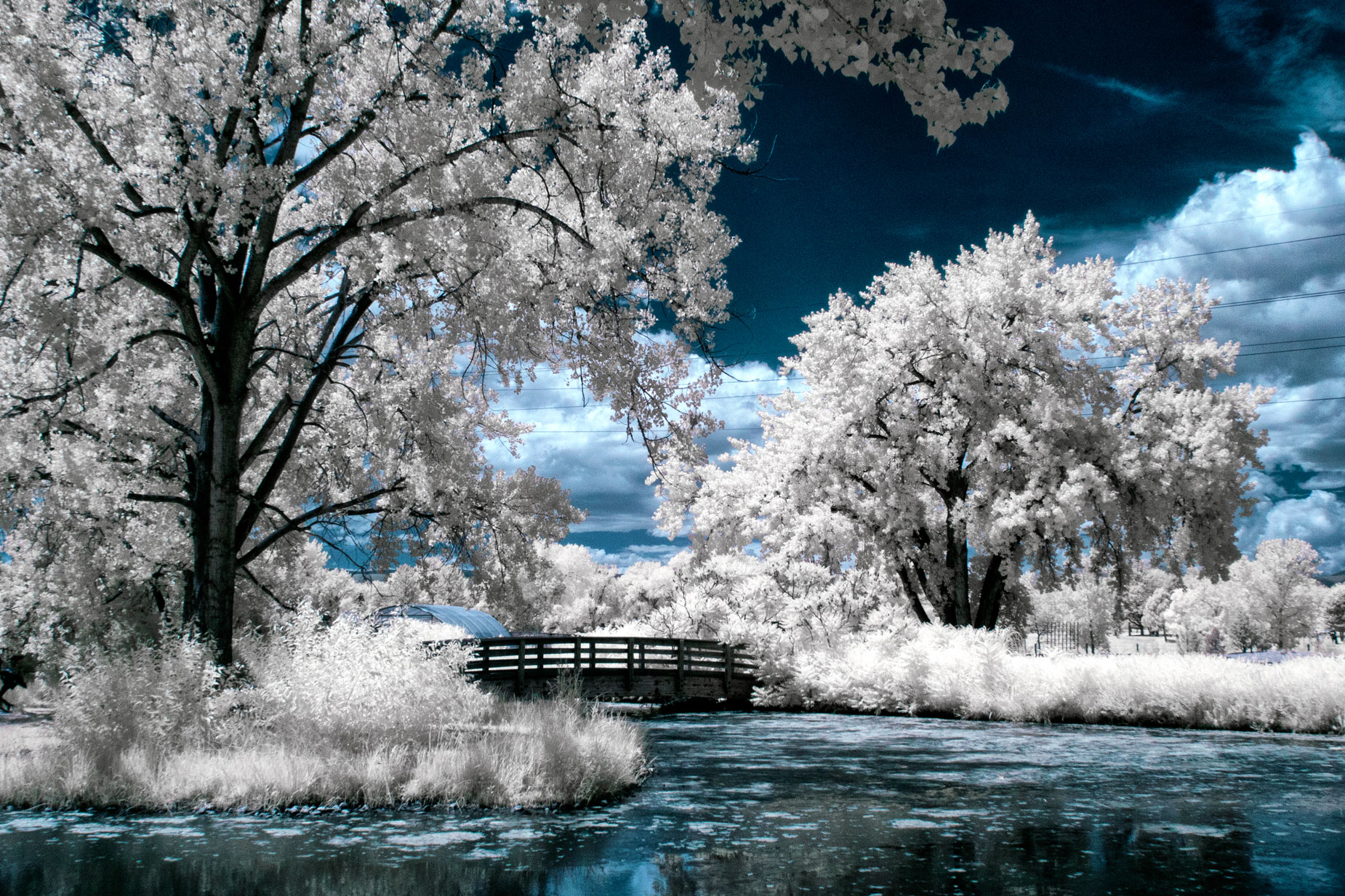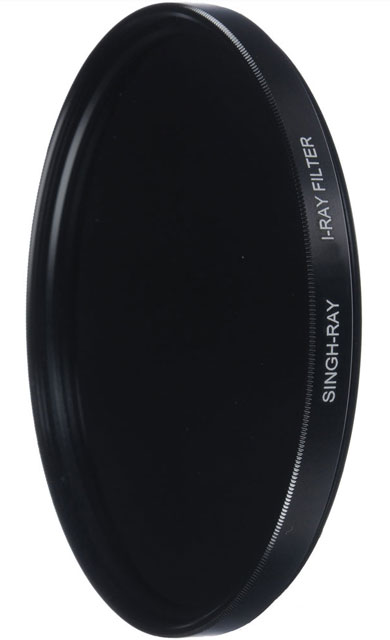On May 27th, it could be a sticky situation because it’s #nationalcellophanettapeday and I’ve given #traveltuesday the day off, as I attempt to re-imagine my schedule of “day themes” for the blog. I may just abandon the concept out completely? Today. it’s preempted by a digital infrared post. Right now, the weather is still sketchy, what with recent thunderstorms and tornado warnings, so maybe it will start acting like Summer, as they say, real soon now…
Today’s Post by Joe Farace

How I made this shot: This image was made during a PhotoWalk with my pal Barry Staver in Hudson Gardens in Littleton, Colorado. The camera used was a Panasonic Lumix G6 that LifePixel converted for infrared capture with their Enhanced IR (665nm) filter. The lens used was an Olympus M.Zuiko 17mm f/2.8 with an Av exposure of 1/320 sec at f/16 and ISO 400. The RAW file was processed using techniques that are covered in my post, Is white balance important in infrared photography? before applying a Photoshop action (IR Channel Swap w/white foliage) that LifePixel sometimes offers with conversions.
At My Infrared Workshops
One of the things attendees at my infrared workshops enjoy is trying the filters in my IR kit with their own cameras. Because of these filter’s density, shooting with them requires a tripod-mounted camera, higher than normal ISO settings and sometimes both. This combination of factors points out the real advantage of using a IR-converted camera as seen in the capture details for the above image.
 Here’s a list of the filters found in my IR filter kit:
Here’s a list of the filters found in my IR filter kit:
- Hoya’s 55mm R72 Infrared filter blocks all visible light up to 720 nanometers. It’s constructed of high-quality optical glass and mounted in an aluminum ring to provide rigidity and to prevent jamming.
- Cokin’s A007 is an A-sized modular filter designed for when you only want to transmit light from the infrared spectrum and none of the visible spectrum. In my workshop, we don’t use it in a filter holder but instead hold it (with our fingers) against the front of the lens to minimize the possibility of light pollution seeping in from the sides.
- Singh-Ray’s I-Ray consists of two different filters—690nm and 830nm—and is the best IR filter I ever used but you pay for perfection. The filters transmits more than 90% of near-infrared light while blocking virtually all visible and UV light.
Not all DSLRs—this doesn’t seem to be problem with the mirrorless cameras I’ve tried—respond positively to the use of IR filters. For my workshops I bring along my Panasonic Lumix G5 that has been converted for infrared capture by LifePixel using their Standard IR filter. This conversion uses a 720nm filter, which is the equivalent of a Hoya R72 Filter/ Kodak Wratten 89b filter.
 Life Pixel does a great job with IR conversions and they have done most the conversions for my Canon DSLRs and all my Panasonic Lumix cameras. This is not a paid or sponsored endorsement, just my experience.
Life Pixel does a great job with IR conversions and they have done most the conversions for my Canon DSLRs and all my Panasonic Lumix cameras. This is not a paid or sponsored endorsement, just my experience.
Used copies of my book, The Complete Guide to Digital Infrared Photography are available from Amazon for $13.85 as I write this. My book Creative Digital Monochrome Effects has a chapter on IR photography and is available new from Amazon for $11.46 with used copies starting around eight bucks